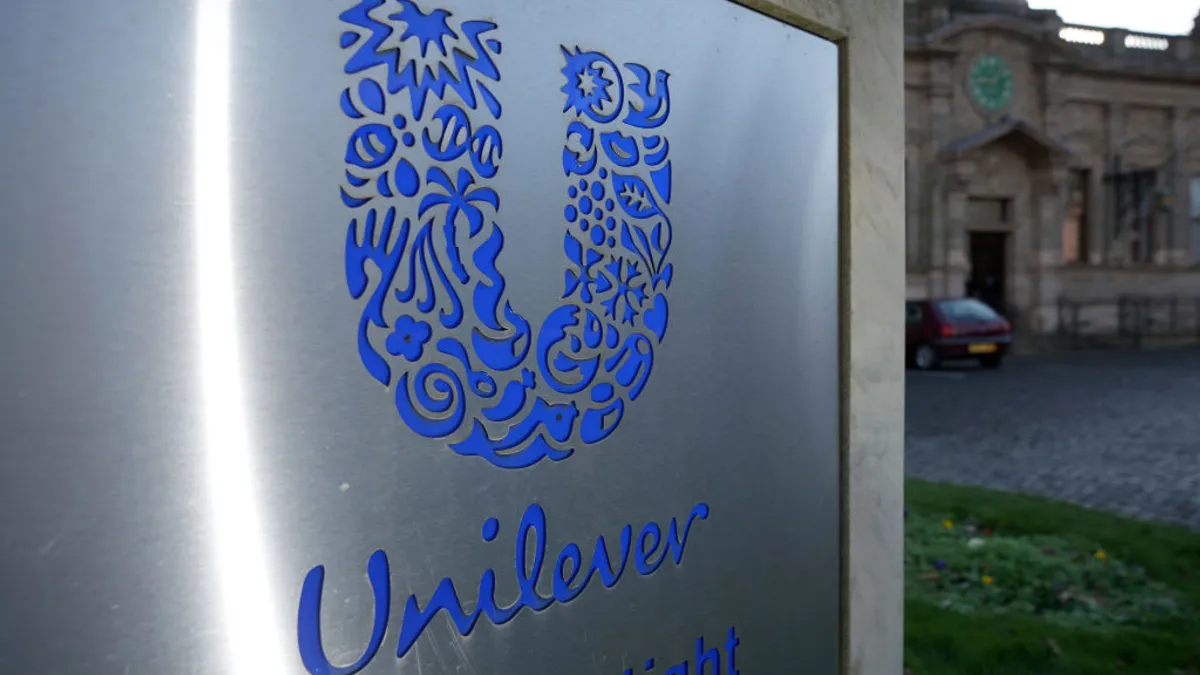The following is a guest post by Shirley Macbeth, CMO at Forrester. Opinions are the author's own.
March 16, 2020 is a date that many will remember. On that Monday, the state of Massachusetts went into lockdown due to the pandemic. That was my first day as chief marketing officer at Forrester. I onboarded remotely, and my tenure at Forrester has been entirely virtual up to this point. Joining during the pandemic required adapting our marketing approach to accommodate rapid shifts in buying behaviors. With extra pressure on marketing budgets and performance, I needed to build a more adaptive marketing strategy quickly to preserve existing customer relationships and accelerate revenue growth. This meant reassessing our business priorities.
Based on my own experience leading marketing at Forrester during the pandemic, below are top priorities I’d emphasize for all CMOs as they continue to navigate challenges and opportunities in 2021 and beyond.
Seize marketing's expanded remit
Today, as CMOs, we need to play a key role in our business' transformation, as our remit has broadened beyond the traditional marketing functions. We need to reestablish the marketing function as doing more than demand generation, advertising and promotion. As a revenue builder, the CMO needs to focus on new logo acquisition as well as retention, loyalty and enrichment of current clients. In addition, Forrester’s research shows the strong correlation and interconnectedness between brand experience, customer experience and employee experience. Driving and connecting these three attributes is critical for business transformation and growth.
Put your customers at the center
Customer obsession — putting the customer at the center of your leadership, strategy and operations — enables your company to sense and respond to market circumstances. While no executive will ever say "No, thanks; I don't want to put the customer at the center of my business," customer obsession is easy to agree with but hard to do. Operationalizing customer obsession is more than just delivering good customer service. It’s about shifting mindsets, pivoting work tasks, recalibrating performance and finding funding to make customer obsession foundational to the business.
As an example, with new customer journeys emerging as digital adoption accelerates during COVID-19, being customer-obsessed institutes a mindset and way of working that uses customer consideration to improve product, brand and process.
Drive alignment across functions
At a time when customer needs and expectations are changing more rapidly than ever, heightened agility and alignment across product, marketing and sales can accelerate business growth. According to our research, one of the biggest shifts in B2B buying behaviors has been the significant leap in the average number of buying interactions, from 17 in 2019 to 27 in 2021. Today, 60% of purchases have four or more people involved, versus just 47% in 2017.
These buying shifts demand fundamental changes to the role of the CMO and a broader strategic view to effectively integrate and operate across the traditionally siloed sales, product and marketing functions. In fact, organizations that successfully align these three core functions report 19% faster growth and 15% greater profitability.
Take a stand
Unlike in the past, when brands stayed away from political issues, today the pressure for a corporate conscience isn't only coming from consumers and investors. Employees are closest to what a brand says versus what it actually does in the marketplace. A confluence of events in 2020, including the pandemic and a reinvigorated Black Lives Matter movement, found many brands on the brink of the political arena and forced to choose whether to show up in the moment or not.
Our research shows that whether to engage in politics or not has become a false choice. CMOs must play a key role in determining how their brand and company values align with the issue at hand and when their organization should take a stand.
The pandemic has fundamentally changed the way we work, behave and operate. To navigate our way out of the pandemic, CMOs will need to continue to embrace change. Put your customers and employees front and center, especially when transforming your own business.





















